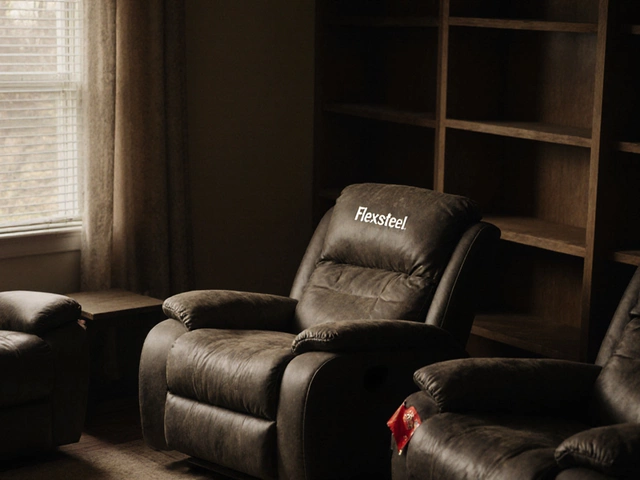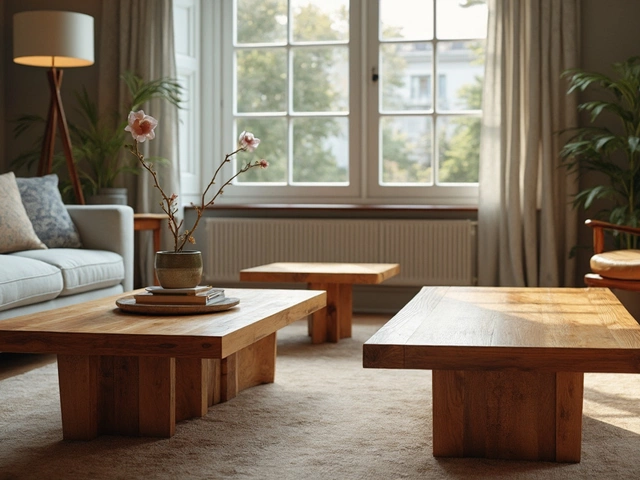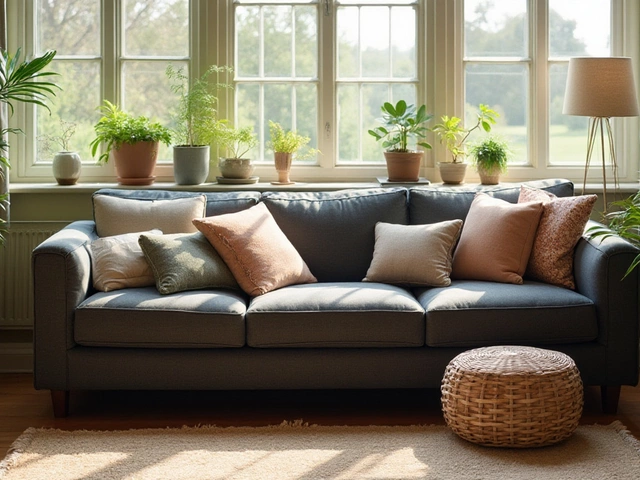The world of furniture pricing is a dynamic one, constantly ebbing and flowing with the tides of economic shifts, consumer demands, and global influences. As we step into 2025, a fresh chapter seems to be unfolding, with new developments shaping price tags across various furniture pieces.
For those eager to make sense of their spending or capitalizing on market trends, now is a great time to pay attention. Recent patterns hint at potential price dips, making this year an intriguing one for prospective buyers and industry insiders alike. Whether it's the effect of cutting-edge manufacturing techniques or evolving customer tastes, diving into these insights could be your golden ticket to smarter purchases.
Current Market Overview
The furniture prices in 2025 have become a topic of much discussion among industry experts and consumers alike. Over the past few years, the way we furnish our homes has seen a transformation that mirrors our changing lifestyles and preferences. The demand for sustainable and modular furniture has significantly increased, pushing traditional players to innovate and adjust their prices accordingly. With advancements in technology and a growing emphasis on minimalistic designs, manufacturers are able to reduce production costs, which often translates into potential savings for the buyer.
Another important factor influencing the current market is the shift towards online retail. With e-commerce giants like Amazon stepping further into the home goods space, competition has intensified considerably. This fierce battle among retailers is pressuring prices, as stores offer more deals and discounts to attract customers. According to a recent report by the National Retail Federation, there has been a 25% year-over-year increase in online furniture sales, showing a clear shift in consumer shopping behavior. Traditional brick-and-mortar stores are also rethinking their strategies, investing in their digital platforms to keep pace.
The global supply chain, which had faced challenges in recent years, is gradually stabilizing. Despite past disruptions, improvements in logistics and inventory management have allowed for a smoother flow of goods. This means less unpredictability in pricing and fewer unexpected surges in costs. The strengthening of trade relations between major manufacturing countries plays a pivotal role here, ensuring that materials and finished products can be transported without the excessive tariffs or quotas that once plagued the industry.
“The return to stability in the supply chain is likely to usher in a more predictable pricing model for furniture sales, benefiting both retailers and consumers,” notes Maggie Thomson, Chief Economist at the Home Decor Association.
It's equally crucial to recognize the role of economic conditions in shaping the market. With inflation rates showing signs of moderation, disposable income levels are gradually improving. This uptick gives consumers more confidence to invest in home improvement and furnishings, supporting a healthy demand curve. Retailers are taking advantage of this momentum by curating versatile and cost-effective collections aimed at diverse economic segments. In recent surveys, there is a clear indication that customers are looking for durable pieces that offer longevity and style without breaking the bank.

Factors Influencing Prices
When assessing why furniture prices might be on the decline in 2025, several factors stand out as significant contributors. One primary driver is the advancement of manufacturing technologies. With automation and digital fabrication entering the fore, companies are producing items with increased efficiency and reduced labor costs. These technological leaps mean manufacturers can afford to pass some of those savings on to consumers, leading to more competitive pricing. This shift isn't just benefiting producers and buyers; it is also enabling designers to experiment with new materials, reducing waste and streaming production in ways that were unthinkable a decade ago.
Another critical consideration is the global supply chain, which has undergone substantial reconfiguration in recent years. With fluctuating trade agreements and ongoing adjustments post-pandemic, suppliers have been exploring local sources more aggressively to avoid import tariffs and logistics hiccups. This move towards sourcing closer to home doesn't just cut costs; it improves sustainability – a factor rising in demand among today's consumers. By relying less on international shipping, furniture brands are finding they can produce items at a significantly lower cost, again potentially lowering shelf prices.
Consumer behavior is also shaping price trends. The rise of e-commerce and direct-to-consumer brands has introduced formidable competition to brick-and-mortar stores. Accessibility to affordable online platforms offering stylish options at reduced costs means traditional retailers must rethink their pricing strategies. As a result, many are adopting hybrid models – blending physical stores with online experiences – to intrigue various shopper preferences. Retailers recognize that today's purchasers are incredibly astute, often shopping with thorough research on product reviews and price comparisons at their fingertips.
Interestingly, environmental consciousness has transitioned from a niche concern to a mainstream priority. Consumers now routinely look for eco-friendly and sustainable shopping options. Companies aligning with these values are restructuring their supply chains to capitalize on reclaimed materials, reducing the carbon footprint. By incorporating circular economy concepts, furniture brands are retaining customers by providing back-end recycling services, creating more sustainable cycles. This transition plays a crucial role in driving furniture prices down as economies of scale from sustainable practices take hold.
Urbanization trends reveal another pivotal aspect; as city dwelling spaces shrink, demand for versatile, multifunctional furnishings is booming. Those able to cater to this growing demographic can exploit economies of scale, producing items tailored for smaller spaces at lower costs. Modular, compact designs lend themselves to efficient packaging and distribution, minimizing expenses associated with long-hauling and warehousing. An executive at a leading market innovator states,
"Understanding our customers' needs drives our innovation efforts. Creating solutions for limited spaces means we deliver extra value while maintaining fair pricing."
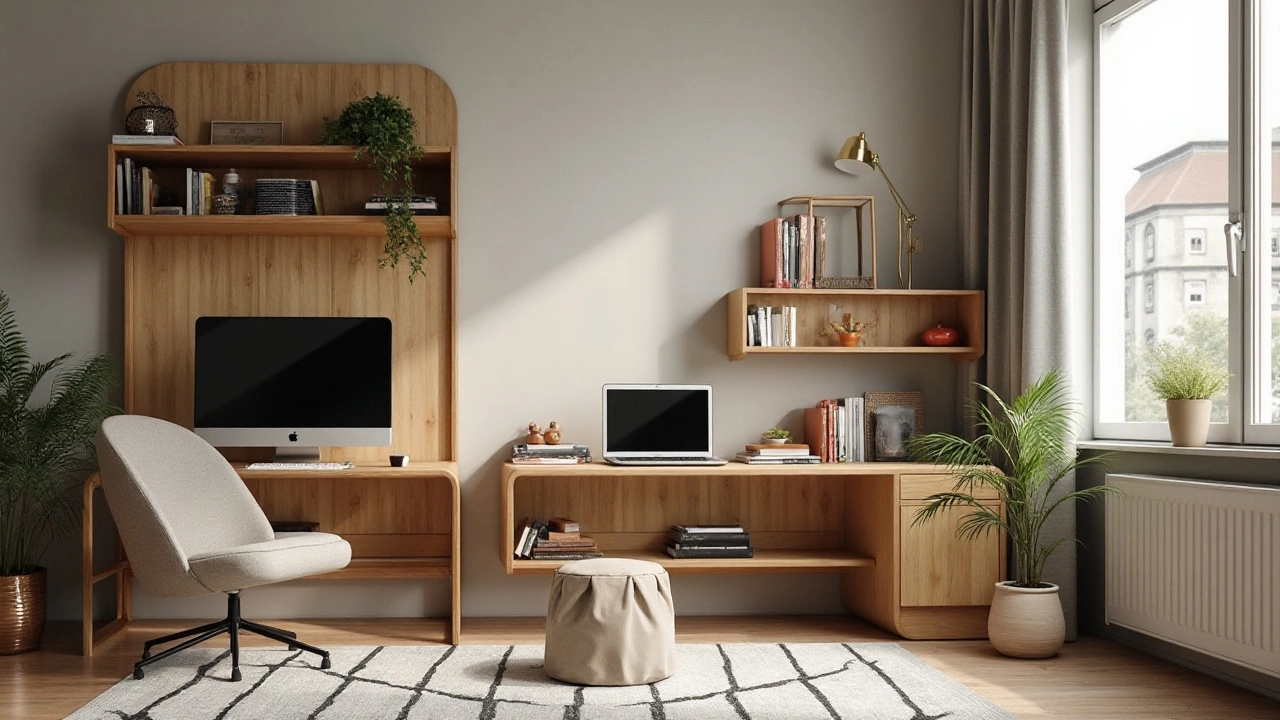
Consumer Behavior
As the calendar flips into 2025, the shifting dynamics of consumer behavior have become a focal point in the furniture industry. More than ever, buyers are merging their penchant for style with an increased concern for sustainability. Millennials and Gen Z are driving this change, often prioritizing eco-friendly materials and ethically sourced furnishings. This trend is not just a passing fad but a reflection of a broader global movement that values environmental responsibility. As such, manufacturers and retailers are increasingly pressured to adapt, leading to a fascinating interplay between consumer demand and market offerings that inevitably influences furniture prices.
Another significant factor contributing to changes in consumer behavior is the rise of technology and e-commerce. Online shopping platforms provide increased access and visibility, changing how furniture is bought and sold. Consumers are empowered by extensive options and the ability to compare prices instantaneously, prompting a shift in the traditional buying process. As a result, retailers are forced to offer competitive pricing and innovative designs to capture the attention of tech-savvy customers. This has resulted in collaborations with influencers and the development of customized pieces that cater to niche markets, adding another layer of complexity to pricing dynamics.
With remote work at unprecedented levels, there is an increased demand for home office furniture, shifting how people allocate their budgets for home decor. This not only impacts the pricing trends but also directs what styles and types of furniture are hot commodities. People are spending more time at home, leading to an investment in comfort and multifunctional spaces. A 2024 report from the World Furniture Study indicated that the sales of ergonomic furniture saw a 30% rise compared to previous years. Retailers are now tailoring their offerings to cater to this increasing demand, which may encourage more competitive pricing strategies in the long run.
"Furniture buyers are becoming more strategic and informed, which is reshaping the industry in profound ways," says Sarah Richardson, a leading interior design expert.
Interestingly, the growing inclination towards minimalism and downsizing also plays a role in consumer purchasing decisions. A significant section of the population, especially urban dwellers, is moving towards smaller, more manageable living spaces. This shift towards tiny living and decluttered environments means that multifunctionality is prized, impacting which furniture pieces make it to customers' homes. As consumers deliberately choose fewer but more impactful items, retailers may adjust their pricing and inventory to cater to more thoughtful consumption patterns, potentially leading to sale events or discounts on bulkier, less in-demand items.
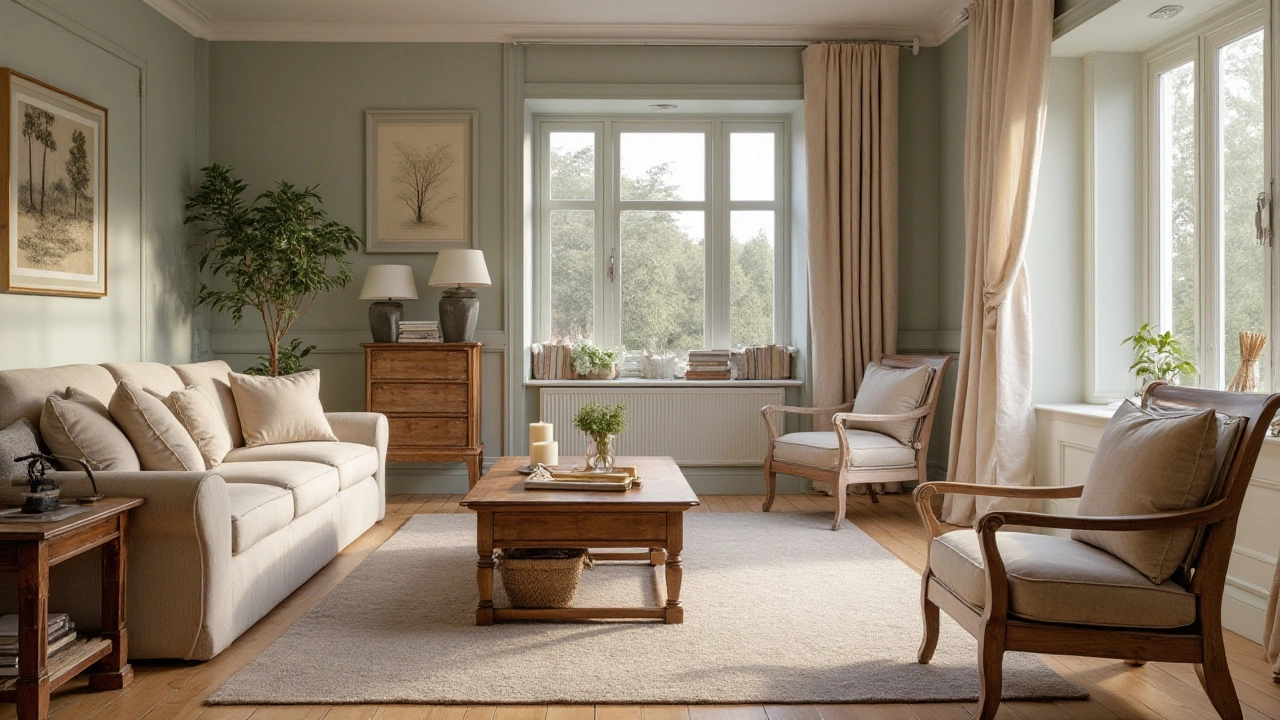
Tips for Buyers
As the furniture prices begin to fluctuate, it's vital for buyers to arm themselves with knowledge to seize the best deals. A strategic approach during a period of price adjustment can not only save money but also enhance your purchasing experience in the bustling market of 2025. By staying informed and proactive, buyers can navigate the seasonal sales, discounts, and the secret promos that often slip under the radar. To kick off, it's crucial to keep a close eye on market trends, understanding when and where prices are most likely to dip. Investigating historical data on furniture pricing patterns can provide a broader context, enabling more informed decisions.
Timing is everything when it comes to scoring the best deals on furniture. Similar to other consumer markets, furniture tends to see price adjustments during key times of the year such as post-Christmas sales and around major holidays. Being vigilant during these periods and setting aside a budget can ensure you are financially prepared to make the best of these discounts. Additionally, consider exploring online platforms, as e-commerce furniture retailers sometimes offer exclusive deals that aren't available in physical stores.
Consider being flexible with brands and styles. Often, newly introduced collections carry a premium, while last seasons' designs or lesser-known brands can offer a cost-effective solution with significant savings without sacrificing quality. Diving into consumer reviews can reveal which budget-friendly options punch above their weight. Moreover, some retailers offer 'last chance' sales for items that are being phased out, which can be a treasure trove for savvy buyers looking for a bargain.
Cathy Elliott, a retail market analyst, once noted, "Smart timing and flexibility are the twin pillars of savvy shopping in the furniture market." Her insights underscore the importance of adaptation in a fluctuating market.
It might also be advantageous to understand the impact of global events. Current supply chain adaptations, driven by recent technological advancements, could lead to substantial declines in furniture sale prices. These innovations allow manufacturers to produce items more efficiently, passing the savings down to consumers. Stay updated on these developments as they unfold throughout the year by following market news and trends.
Lastly, consider building relationships with local retailers. Stores sometimes offer exclusive customer programs or insider notifications for upcoming sales to their most loyal patrons. This connection not only provides access to deals but also offers the opportunity to score custom discounts, which could mean significant savings over time. Investing in long-term relationships might unlock perks that casual shoppers rarely enjoy. Remember, buying furniture is not just a transaction, it's part of a broader home investment strategy.



